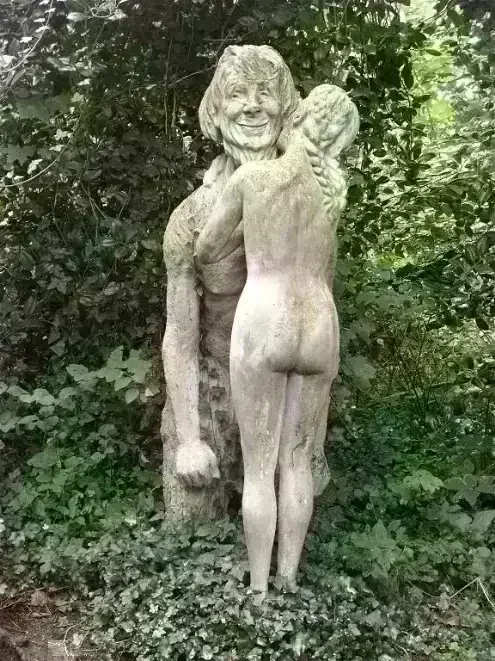Bugbear

A bugbear is a legendary creature from folklore comparable to the boogeyman, bugaboo, babau, or cucuy. These mythical beings were traditionally used to frighten children into good behavior across various cultures.
The term's etymology stems from Middle English "bugge" (meaning a frightening thing), possibly Old Welsh "bwg" (evil spirit or goblin), or Old Scots "bogill" (goblin). It shares linguistic roots with the English words "bogeyman" and "bugaboo."
In medieval England, the bugbear was portrayed as an eerie bear that dwelled in forests, intended to frighten children. This characterization appeared in "The Buggbears," which adapted and expanded upon Antonio Francesco Grazzini's "La Spiritata" ('The Possessed Woman') from 1561.
In contemporary usage, "bugbear" can also refer to a pet peeve or persistent annoyance.
Bugbears feature in various modern fantasy literature and media as minor antagonists. In popular role-playing games, they're typically depicted as large, hairy goblinoids.
The animated series "My Little Pony: Friendship Is Magic" introduced its own version of bugbears in its 100th episode, "Slice of Life." These creatures were designed as a literal combination of a bear and an insect—specifically a four-armed panda with wasp or bumblebee features including antennae, wings, and a stinger.